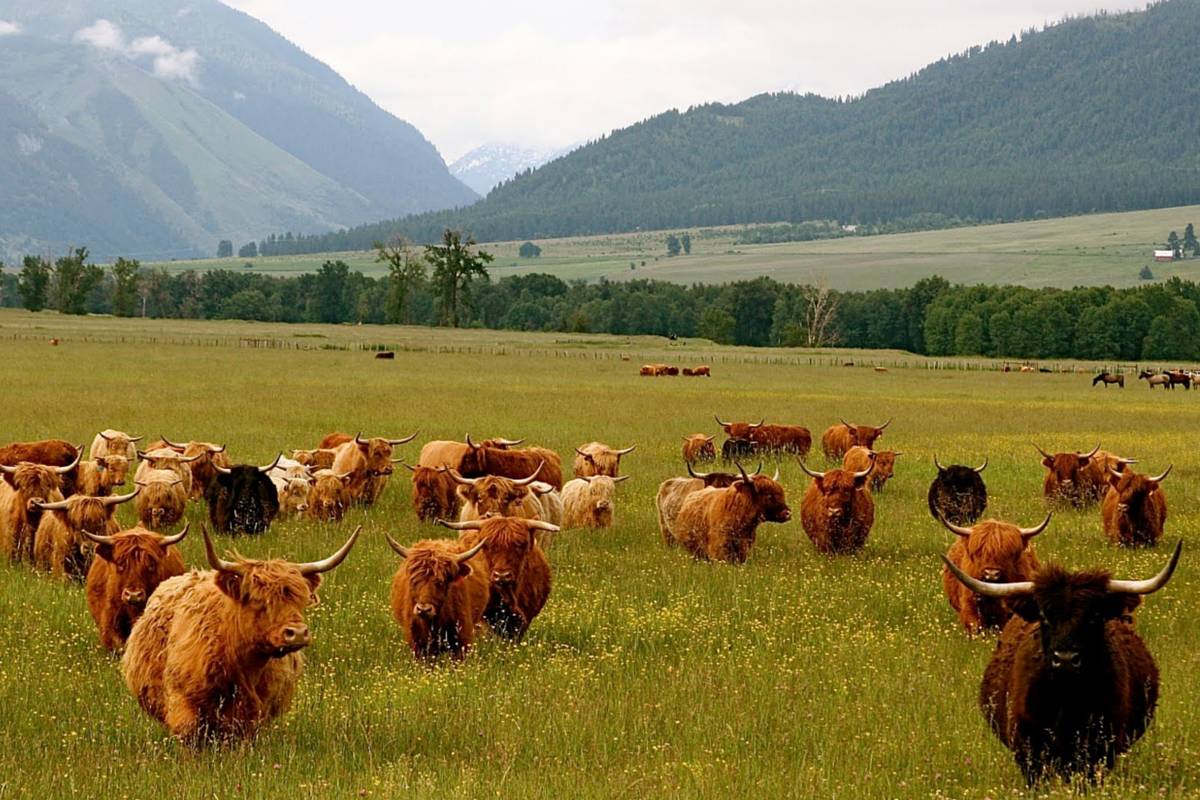[review] Napa Valley is undisputedly one of the greatest Cabernet Sauvignon regions in the world. But for great wine you need more than potential, you need the world class vintners and winemakers to take that perfect Cab possibility and turn it into a reality. Although the combination of perfect soils and climate are indispensable, it takes the hand of man to realize a vineyard’s full potential to produce a world-class wine. Chateau Montelena has been doing that since 1882.
The philosophy at the Chateau is simple: Make the best. Period.

Chateau Montelena’s rich history began on a chilly fall morning when Alfred L. Tubbs spaded over and inspected the soil where he thought of planting estate vineyards. He had heard the Napa Valley was the best place to grow grapes in California. A deal was struck, and in January of 1882 the San Francisco entrepreneur owned 254 acres of rugged land just two miles north of Calistoga at the base of Mount Saint Helena. There are hundreds of decisions that go into making a bottle of wine and it all begins in the vineyard, with the land.
It took less than a decade to turn his dream into reality. First Tubbs planted his vineyards, then he built his Chateau, and in 1886 he imported a French-born winemaker. By 1896 his winery, christened Chateau Montelena (a contracted form of Mount Saint Helena), was the seventh largest in the Napa Valley. Winemaking at the Chateau came to an end with Prohibition.

The next chapter began with the renaissance of Chateau Montelena Winery and the Estate vineyard. Under the leadership of Jim Barrett, the vineyard was cleared and replanted, and the Chateau outfitted with modern winemaking equipment. He assembled a team to oversee the vineyard and winemaking, then grew and contracted for the highest-quality grapes in the Napa Valley. In 1972 wines were made for the first time. Decades later, this celebrated family-owned winery continues to thrive with Jim’s son Bo Barrett at the helm.
“The most important thing in winemaking is balance; from the technical aspect it is the strength of the triangle: balance of art, farming and science to make consistently great wines.” – Bo Barrett, Chateau Montelena’s master winemaker

We sat down for a tasting of the lovely 2009 Montelena Estate Cabernet Sauvignon, and we were not disappointed. The history of the vineyard and the excellency in Montelena’s craft is evident in every sip—although it got much much better with decanting. A good wine at first, it’s fascinating to sip and swirl and watch it ‘grow up’ in a matter of 30 minutes…eventually it turns into a truly unforgettable drinkable work of art.
One look at the dense crimson ruby color and you know that this is a big wine. The nose opens with big black cherry, currants, and plum spice cake notes. Underpinning all that fruit are layers of smoke, anise, and very subtle oak tones. The palate entry is soft and round, but builds quickly with loads of fine velvety tannin, huge black cherry, and red fruits that persist through to a rich finish layered with spice. A firm core of acid and barrel spice integrate beautifully across all layers, enhancing the structure and balance of this massive but approachable wine.

One of the historical attributes of the Montelena Estate Cabernet has always been its age-ability and longevity; often though, this meant that the wine really needed to be cellared before it would show its true beauty. Well, at Montelena they are all about the pursuit of excellence, and have been working to expand that window of drinkability through careful changes in how they farm, pick, and ferment the grapes from this magnificent property. They have been able to make the wine more approachable at a younger age, while retaining the core elements that ensure a long life in the cellar.
The only problem…you may need more of it.




